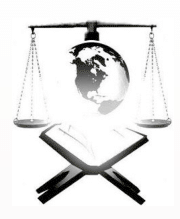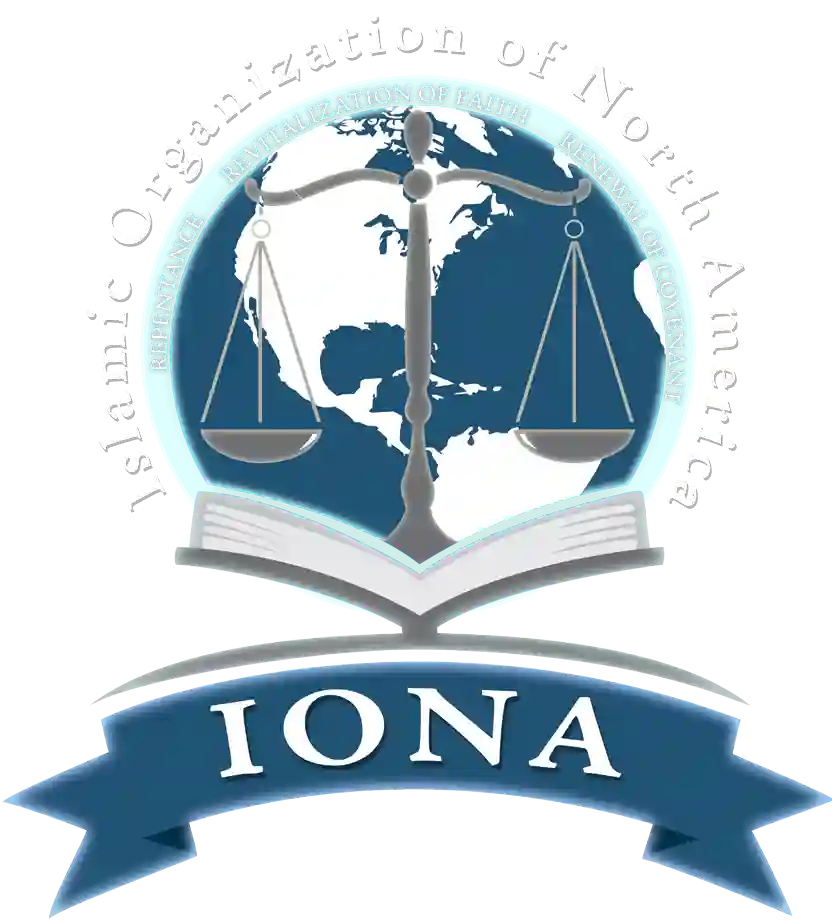Welcome to IONA Masjid
Frequently Asked Questions
Fajr & Isha are calculated by others using different criteria, all over the world. Some use 15°, 18°, or even 20°. Others use 75 minutes or 90 minutes criteria (as in Saudi and Indo-Pak). These criteria fail to calculate Fajr & Isha at high latitudes.
Above 48.5° (e.g., Vancouver, Canada), the sun does not go 18° below horizon on the longest day of the year.
Above 51.5° (e.g., Cambridge, UK), the sun does not go 15° below horizon on the longest day of the year. On other days, Isha calculated at 15° will give Isha time 2.5 hours after Maghrib. This becomes hardship.
Above 54.5° (e.g., Copenhagen, Denmark), the sun does not go 12° below horizon on the longest day of the year. On other days, Isha calculated at 12° will give Isha time 3 hours after Maghrib. This is even more hardship, so it is impractical.
Islamicfinder.org has used ISNA’s name without verifying from ISNA. Since 2018 onwards, ISNA recommends using 15° for ease of calculations programmed by many in cell phones and websites. Read more about How We Calculate on http://moonsighting.com/how-we.html Moonsighting.com offers what we believe is more towards reality and that does not use any fixed degrees nor any fixed interval of time. It uses a complex formula based on latitudes and seasons.
The following definitions are obtained from moonsighting.com:
Fajr: | Subh Sadiq (Fajr-al-Mustatir) when morning light in the sky starts spreading horizontally. At high latitudes, where it becomes hardship to pray Fajr too early, (Tabayyan) when morning light in the sky has spread is used. |
Sunrise: | When the top of the sun’s disk just appears above the horizon. |
Zuhr: | When the sun begins to decline after reaching its highest point (Zenith) in the sky. 5 minutes after Zenith. |
Asr: | When the length of any object’s shadow reaches a factor of the length of the object plus the length of that object’s shadow at Noon. The factor is 4/7 for Shi’aa; 1 for Shafi’i, Maaliki, Hanbali, and 2 for Hanafi. |
Sunset: | Theoretical Sunset time as given in newspapers when the top of the sun’s disk just disappears below the horizon. |
Maghrib: | Actual sunset considering 3 things (variation in refraction, area around the actual latitude and longitude considered, and any downward sloping ground towards sunset direction). For Sunni’s, it is 3 minutes after theoretical sunset; for Shi’aas it is 17 minutes after theoretical sunset. |
Isha: | Disappearance of Shafaq; Redness for Shafi’i, Maaliki, and Hanbali, and Shi’aa; whiteness for Hanafi. At high latitudes a combination of red and white shafaq criteria is used. |
The answer is yes, it is permissible to offer the Jum’uah congregational prayer before zawal based on the opinion of Imam Ahmad (RA). The following is from Fiqh-us- Sunnah by Syed Sabiq, Volume 2, Page 132.
The Time of the Salatul Jumu’ah: The majority of the companions and successors were of the opinion that the time of al-Jumu’ah is the same as that of the zuhr. Ahmad, al-Bukhari, Abu Dawud, at-Tirmizhi, and alBaihaqi record from Anas that the Prophet sallallahu alehi wasallam would pray al-Jumu’ah when the sun had passed its meridian. Ahmad and Muslim record that Salamah ibn al-Akua’ said: “We would pray salatul Jumu’ah with the Prophet when the sun had passed the meridian, and when we returned [from the salah], we would be following our shadow.” Al-Bukhari says: “The time of al-Jumu’ah is when the sun passes its meridian.” Similar narrations have been recorded from ‘Umar, ‘Ali, an-Nu’man ibn Bashir, and ‘Umar ibn Harith. Ash-Shaf’i says: “The Prophet sallallahu alehi wasallam, Abu Bakr, ‘Umar, ‘Uthman, and the imams after them all prayed the Jumu’ah when the sun had passed its zenith.”
The scholars of the Hanbali school and Ishaq are of the opinion that the time for al-Jumu’ah is from the beginning of the time for salatul ‘id to the end of the time for the zuhr. They base their opinion on Ahmad, Muslim, and an-Nasa’i who record from Jabir: “The Prophet would pray alJumu’ah and then we would take our camels to rest until the sun passed its zenith.” This hadith clearly states that they prayed al-Jumu’ah before the sun passed the meridian. They also cited as proof the hadith of ‘Abdullah ibn Saidan as-Salmi who said: “We prayed al-Jumu’ah with Abu Bakr, and his khutbah and salah were before noon. Then we prayed with ‘Uthman and his khutbah and salah lasted until after the sun had passed the meridian, and no one scolded either for it.” This is related by Ahmad, who cites it as a proof, and by ad-Daraqutni. Ahmad adds: “And [something] similar to that has been related from ibn Mas’ud, Jabir, Sa’id, and Mu’awiyyah. They all prayed before the sun passed the meridian and no one objected to what they did, and that was the consensus. End.
Muslims in America face many challenges, among them are, Friday is a working day and many Muslims take their lunch break before zawal particularly during summer time when zawal is almost at 2:00 PM. Masajid are also challenged due to capacity and physical structural constraints. In order to accommodate the need of the community, we, at IONA, have two Jumu’ah congregational prayers, one before zawal at 12:10 PM and one at 1:30 PM. The congregant has a choice.
A basic rule of Jurisprudence, if the Prophet (SAW) did an act, even once, and did not declare it to be forbidden, the act becomes permissible. Traditionally, Jumu’ah congregational prayer is offered after zawal. However, based on the evidence above, offering the Jumu’ah prayer before zawal is permissible. The Prophet was sent as mercy to the Worlds.
God knows best.
IONA follows the Fiqh Council of North America for determining the beginning of Ramadan, Eid al-Fitr and Eid al-Adha.
The Fiqh Council of North America (FCNA) recognizes astronomical calculation as an acceptable Shar’i method for determining the beginning of Lunar months including the months of Ramadan and Shawwal. FCNA uses the criteria of European Council of Fatwa and Research (ECFR), which are that somewhere on the globe, at the sunset, the elongation should be at least 8 degrees and moon should be at least 5 degrees above horizon. If these conditions are met, then it is certain that the moon is above the horizon. Hence the new lunar month will start the next day, otherwise it will start on the day following next.
On the basis of this the dates of Ramadan and Eid al-Fitr are established. May Allah (swt) keep us on the right path, and accept our fasting and prayers. Ameen. For detailed information, please visit: www.fiqhcouncil.org
About IONA

IONA's objective is to help the Muslims of North America understand and fulfill their divinely ordained obligations, in order to please Allah (SWT) and thereby achieve success and salvation in the Hereafter.
Join Our Mailing List
Copyright © All rights reserved. Islamic Organization of America.

